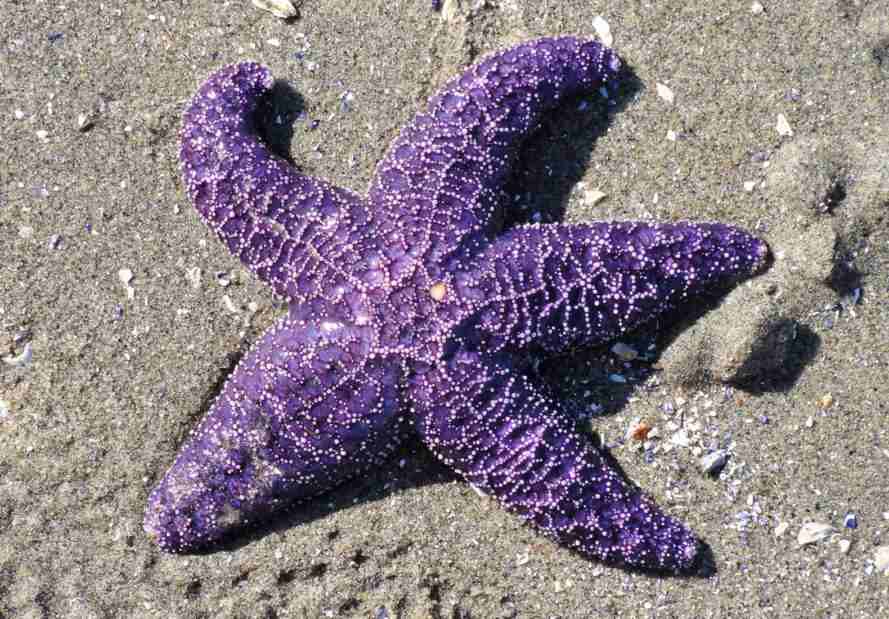The reason behind the demise of sea stars is not an infection as earlier it was thought by scientists. Instead, multiple types of bacteria were living near the sea stars.
These bacteria deplete oxygen from the water and efficiently suffocate the animals. Such microbes thrive when there is a high level of organic matter in warm water. They create a low oxygen environment that can make sea stars melt into a puddle of slime.
Seastar wasting disease, which causes tissue decay and loss of limbs. The outbreak of the disease had occurred before 2013, but never at much a larger range. Scientists believe that a virus or bacterium might be making sea stars sick.
The researchers examined the types of bacteria living with healthy sea stars compared with those living among animals that developed the wasting disease.
Bacteria are known as Copiotrophs. Which thrive in environments with a lot of organic matter. They were present around the sea stars at higher levels than normal either shortly before the animals developed lesions or they did so.
Bacterial species that only survive in environments with little to no oxygen were also thriving. Suggesting that some copiotrophs were using up oxygen from the surrounding water.
It is transmissible in the sense that dying sea stars generate more organic matter that spur bacteria to grow on healthy sea stars nearby it’s a bit of a snowball effect.
I am a freelance writer studied Biochemistry at the University of Agriculture Peshawar in the faculty of Nutrition sciences.







